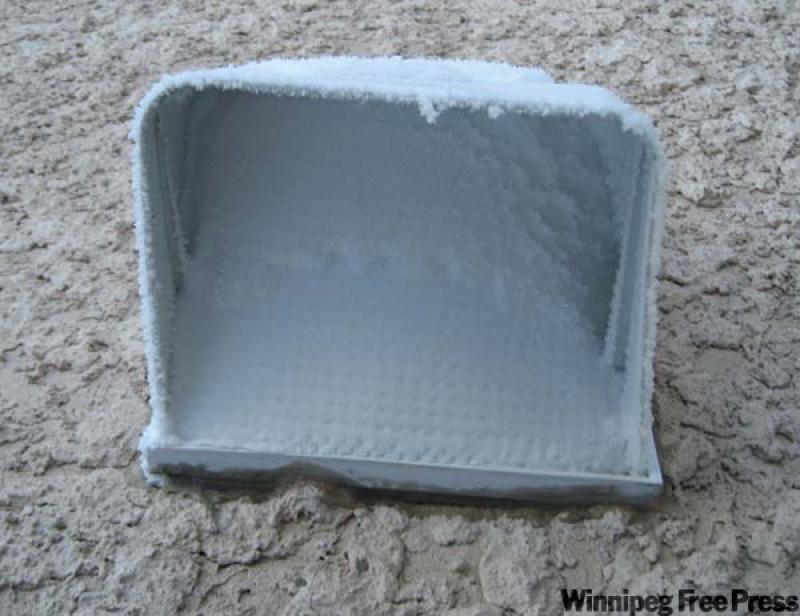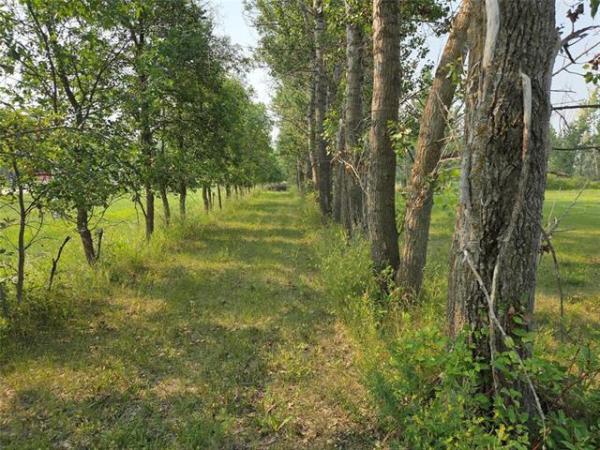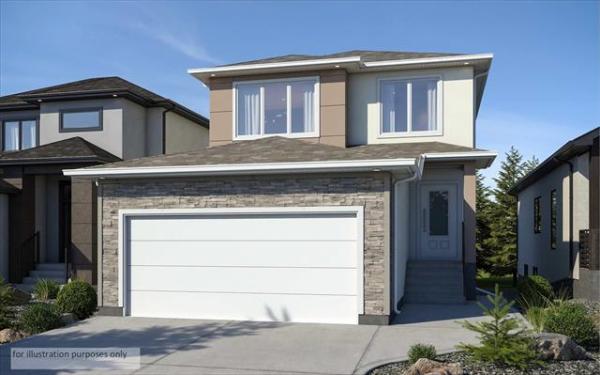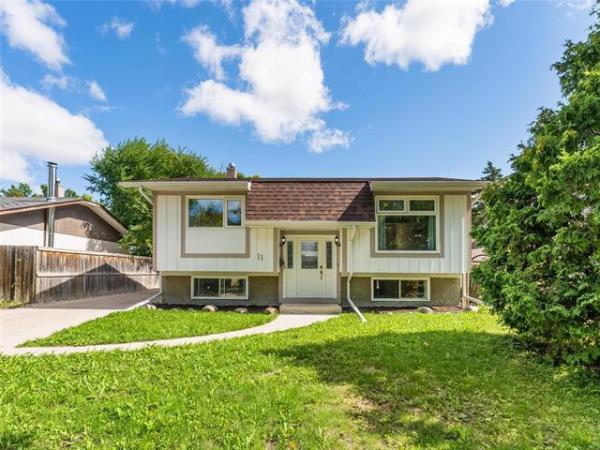Question -- I read your column regularly and appreciate the assistance you provide the community at large through it.
We have had snow buildup occurring on our HRV intake every since we moved into the home in late 2007. The exhaust also has build-up, but that is not unexpected. I am concerned about the intake being plugged. We have had the original HRV installation company look at the situation and they changed the intake from a flat louvered grill to a hooded cover with a wire mesh on the inside, as shown in the photograph attached. It has made no difference. I am being told that we are the first to ever have this problem, not a joke. I have no idea how badly the air intake is diminished by the snow cover on the grill. Our house humidity certainly does not fluctuate wildly because of it, but then it only gets plugged during the coldest days, usually minus twenty and colder.
In your experience, is this common, and secondly, should I be concerned about it and clean it daily?
Your guidance on the matter would be greatly appreciated.
-- Lawrence Klippenstein, e-mail
ANSWER -- I will start this discussion by saying that during typical home inspections I regularly see HRV units installed, presumably by licensed HVAC technicians, with defects or improperly operating controls, but excessively frosted intakes are not that common.
HRVs are designed as a ventilation system that brings cool, fresh air into the home while exhausting moist, stale air to the exterior. These units are described as "heat recovery" or "energy recovery" systems because they have an integral component that prevents excessive heat loss.
This heat exchange core allows the cold air coming into the unit to pass by the warm, heated air before it is exhausted, thus recovering some of the heat energy. This increases the efficiency of the system, which may be a substantial improvement over the conventional fresh air intake and central exhaust fan method installed in many new homes.
While the heat recovery core inside the HRV is a great idea for energy conservation, it is not without its problems. Early units had a major problem with the core freezing up during really cold weather. To combat this, some manufacturers installed an electric de-icing cycle and a drain for the melted frost. While this was effective in reducing icing up of the core, it significantly reduced the overall efficiency of the system, as additional energy was wasted in the electricity used for the de-icer.
Many newer units have a damper installed that will open and allow additional warm house air into the core area to melt frost or ice inside the unit. If this damper is damaged, not operating properly, or improperly sealing when closed, it could cause problems such as what you are experiencing with the frozen vent hoods.
Warm house air may be improperly entering the fresh air intake ducting then leaking to the exterior and condensing when it hits the cold intake hood, causing the frost. This is definitely a concern, as minimal amounts of fresh air may be able to pass through your frozen vent hood, eliminating the effectiveness of the entire HRV system.
One thing that is important with HRV units is proper balancing of the incoming and exhausted air. When initially installed, the volume of air should have been measured at both the fresh air intake and exhaust hoods to ensure they were roughly equal when the unit was operating.
Once set, this should ensure proper operation of the HRV, but the initial balance may have been inadvertently altered by someone not knowing what purpose the balancing control served. The control knob may have been improperly turned or adjusted, throwing the unit out of balance. This may cause a substantial differential between the volumes of incoming and exhaust air, which may also be responsible for the partially blocked intake hood.
Another common problem may be with the installation and setup of the controls. Most HRV unit controls are connected with those in the furnace, to allow the furnace fan to engage when the HRV comes on. This installation technique allows more rapid air movement though the house return air ducting and HRV and if not properly connected will reduce the effectiveness of the unit.
Also, a humidistat should be incorporated in the HRV control, to ensure that the unit automatically comes on when the relative humidity in the home rises above preset levels. The humidistat settings should be adjusted with changes in outside temperatures and if you are not doing this on a regular basis, the relative humidity in the home will not be properly controlled.
Finally, the issue you are having may be due to the initial installation of the HRV ducting or damage to the ducts. The material used to connect to the exterior exhaust and intake hoods to the HRV is typically preinsulated flexible plastic ducting.
Due to the nature of this product, it may be subject to easy damage, sagging, or frost and water accumulation.
As previously stated, I see many HRV units installed or set up improperly, most commonly with inoperative or disconnected controls.
In one memorable case several years ago ducting was reversed and air was exhausted from the HRV into a bathroom when the unit turned on, rather than drawing air in through the bathroom register.
The amazing thing in that situation was that the company that originally installed the HRV had already been back once to remedy the situation, presumably by rerouting the ducting, at the request of the homeowner.
Without seeing the installation in your home it is hard to lay blame on the initial installers of your HRV, but your problems are likely due to improper installation or a unit malfunction that they haven't been able to repair. Based on that and my similar experiences, I would suggest contacting another HVAC contractor that specializes in HRV installation to inspect, service,and repair the ventilation system.
Ari Marantz is the owner of Trained Eye Home Inspection Ltd. and the President of the Canadian Association of Home & Property Inspectors - Manitoba (www.cahpi.mb.ca). Questions can be e-mailed or sent to: Ask The Inspector, P. O. Box 69021, #110-2025 Corydon Ave., Winnipeg, MB. R3P 2G9. Ari can be reached at (204) 291-5358 or check out his website at www.trainedeye.ca.




